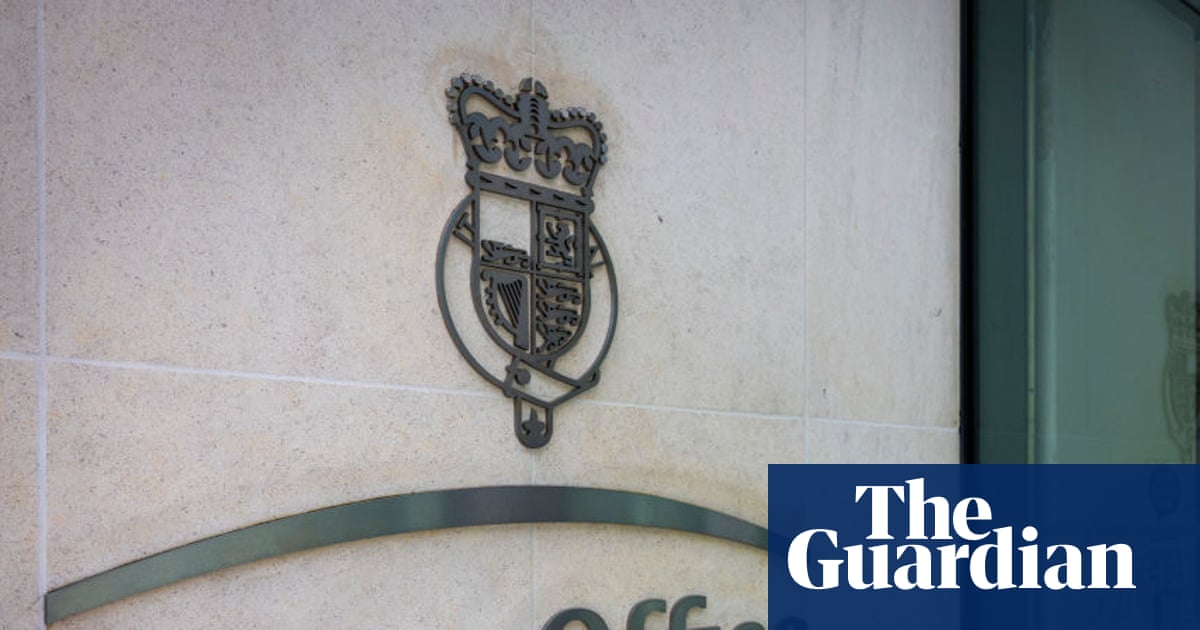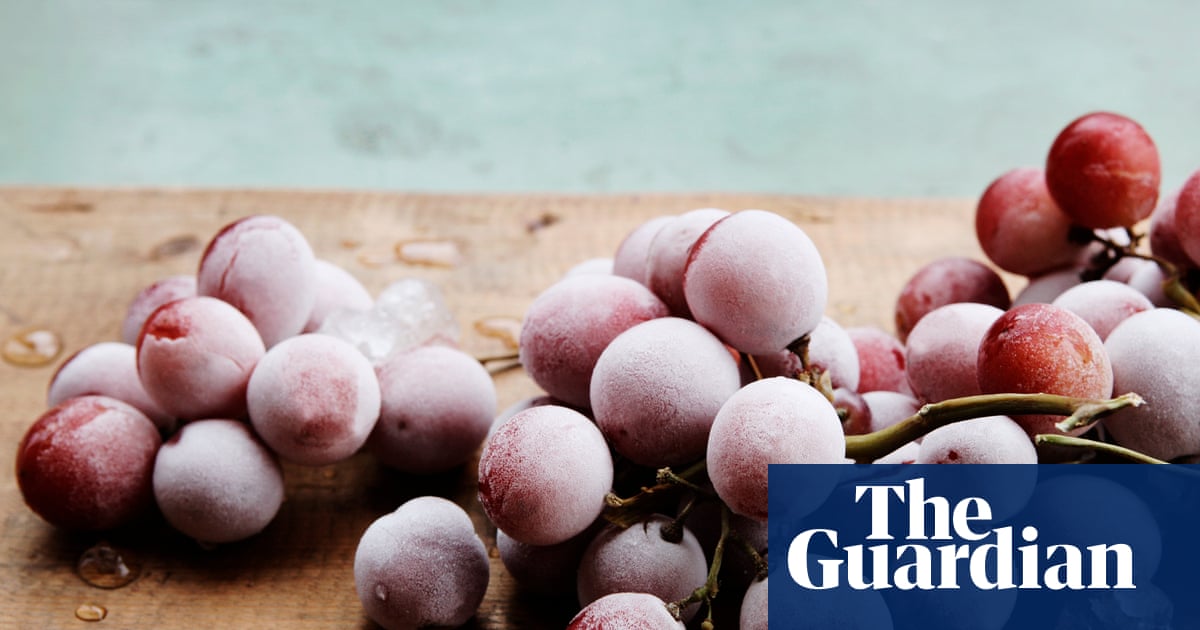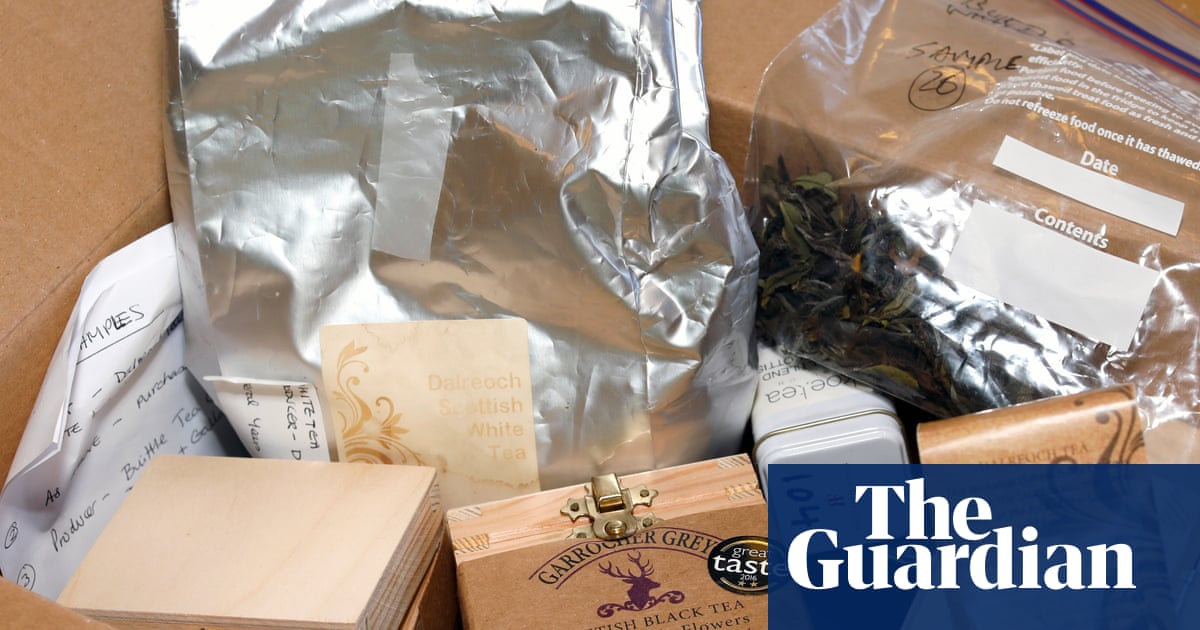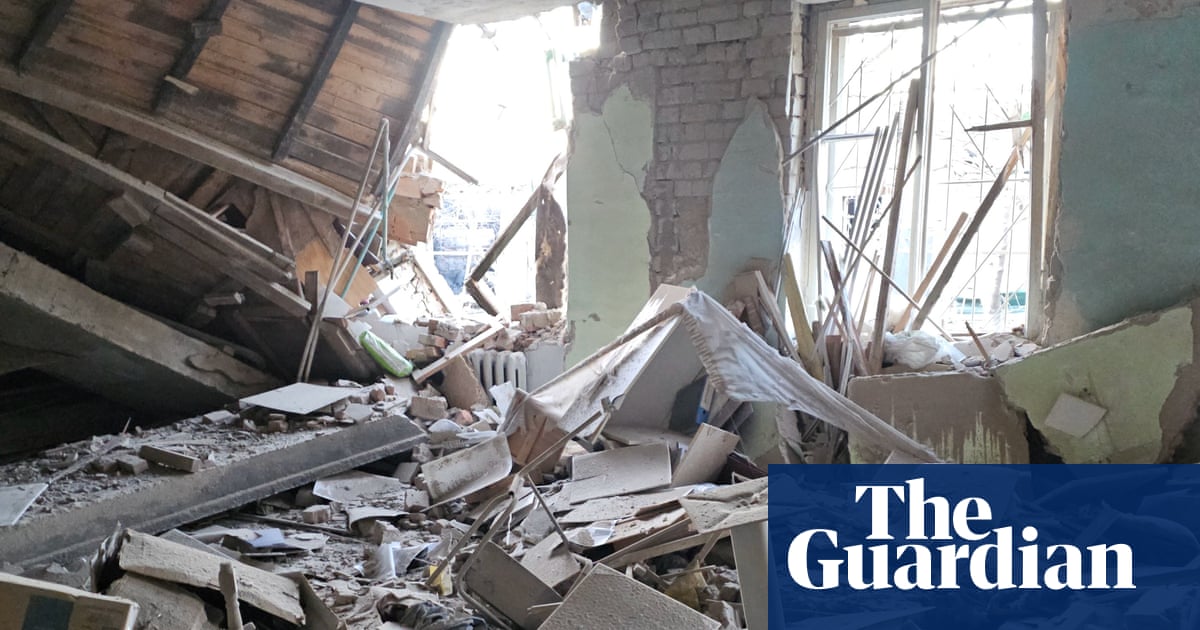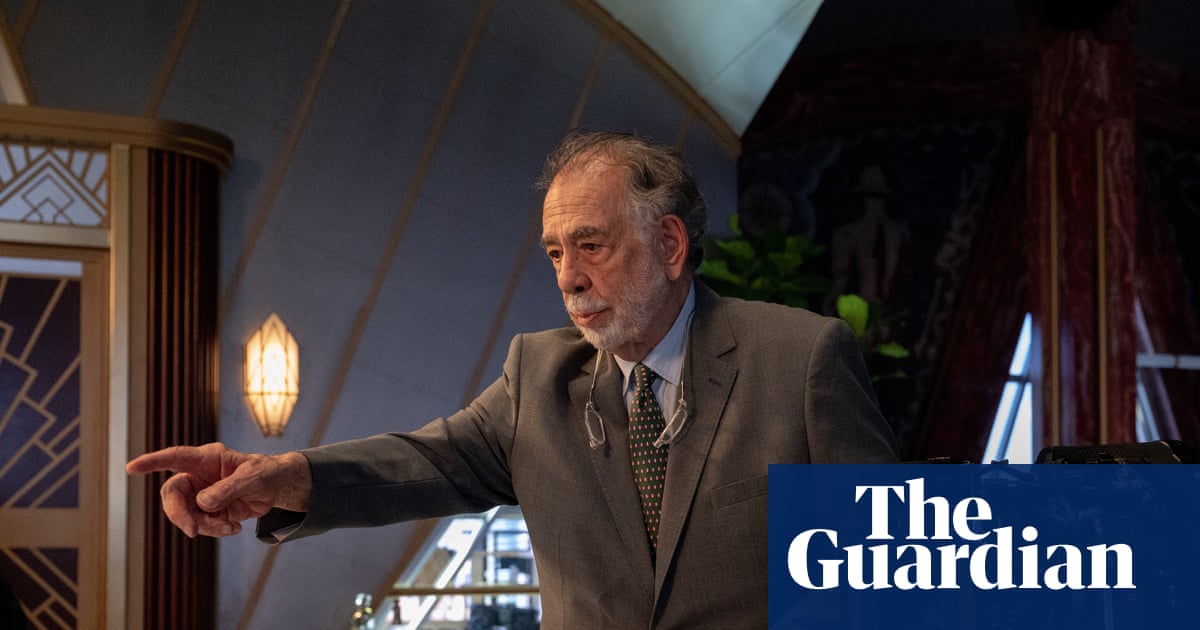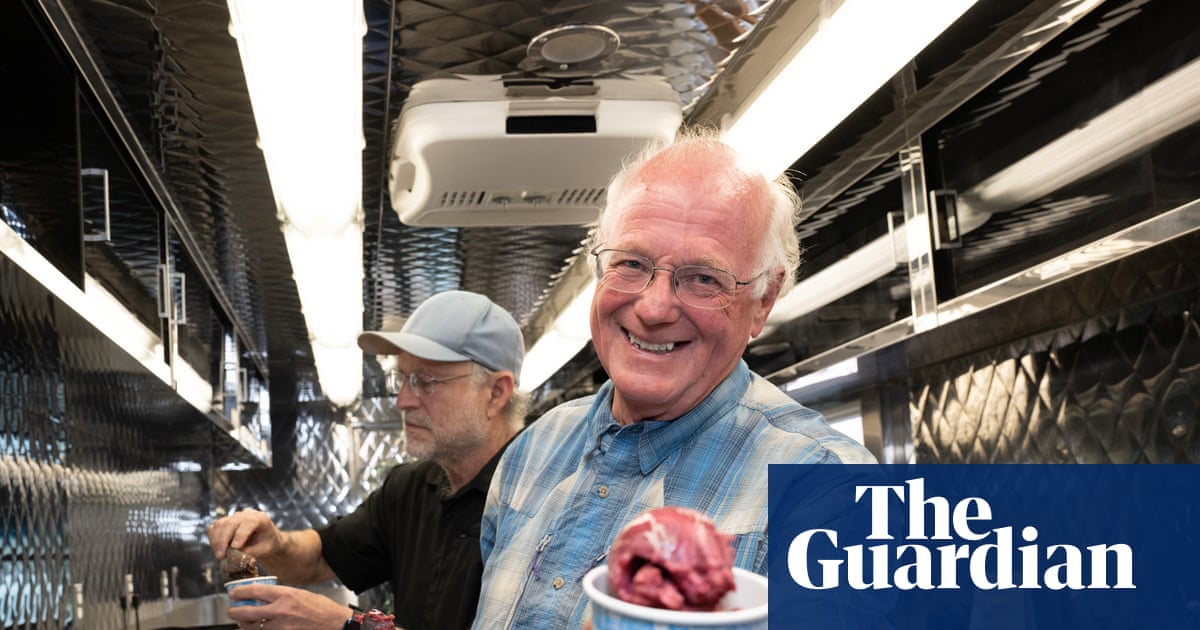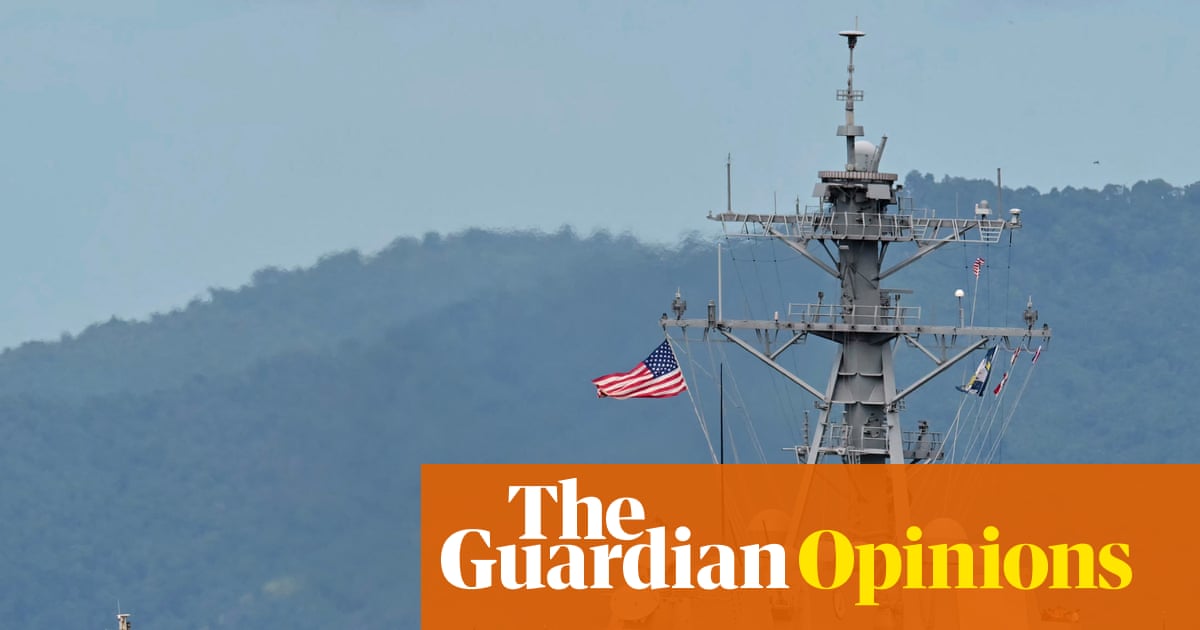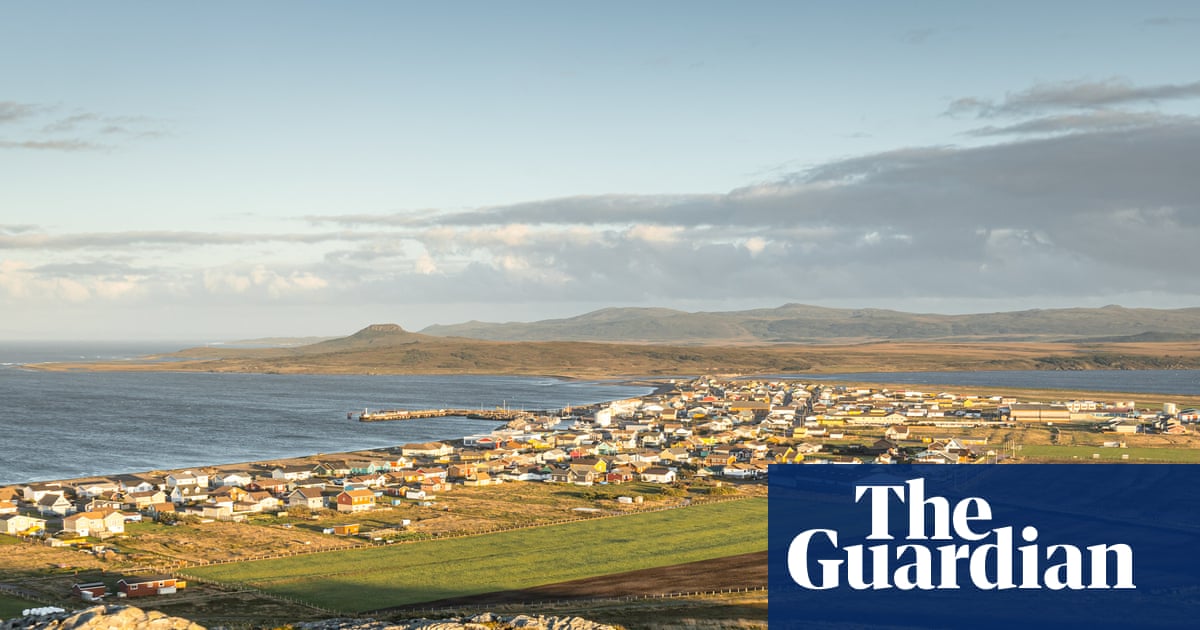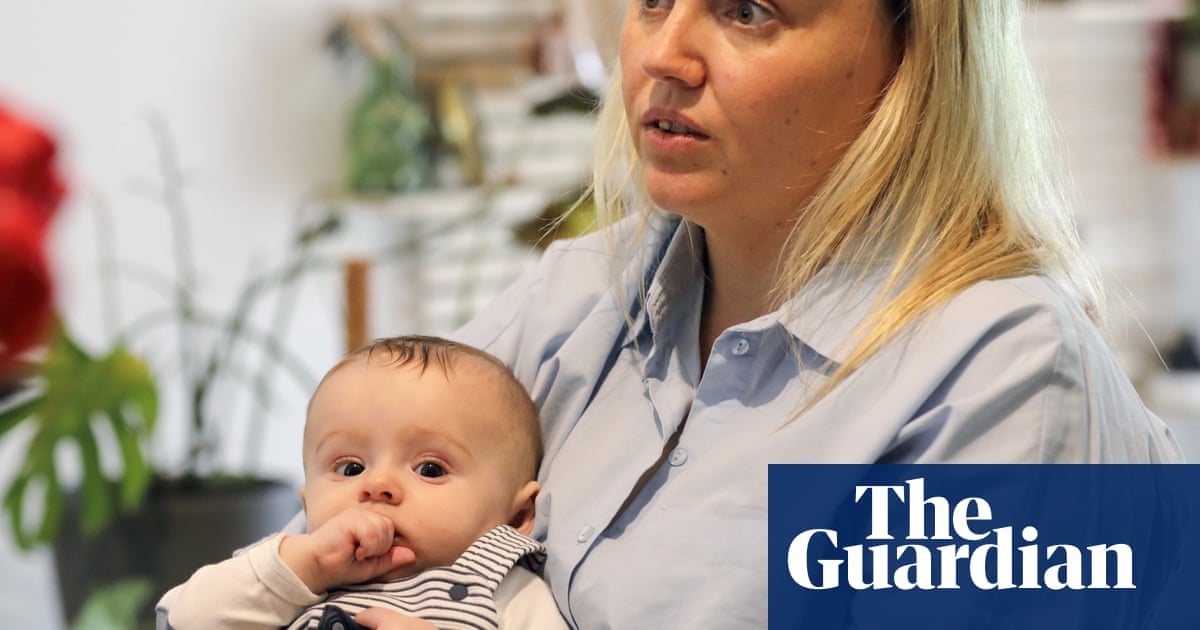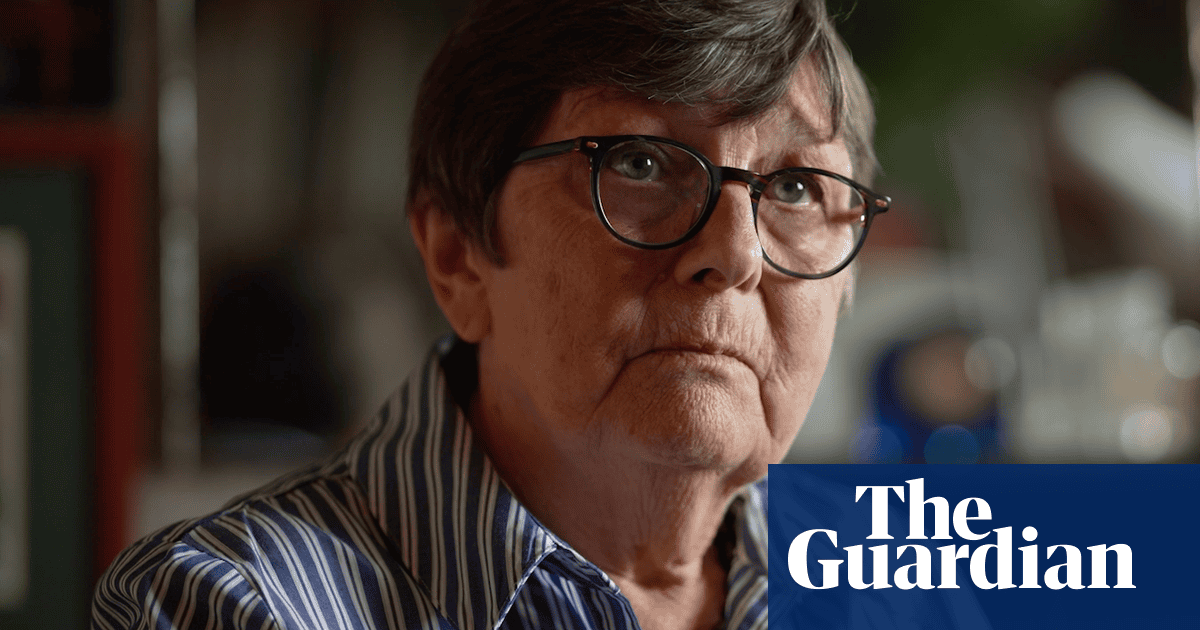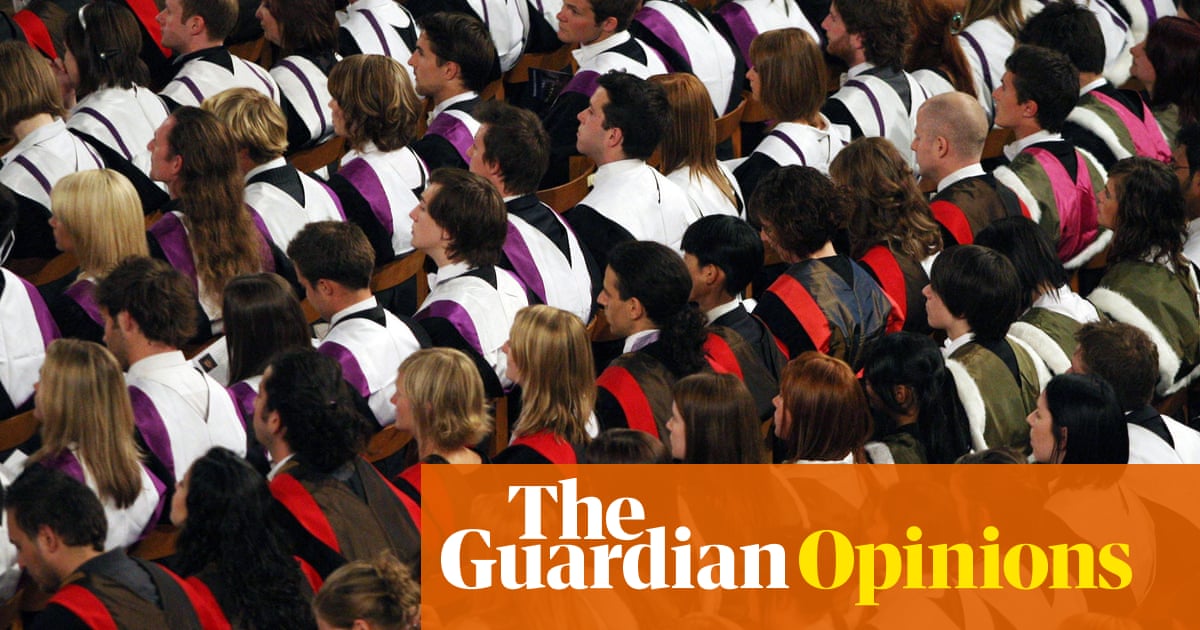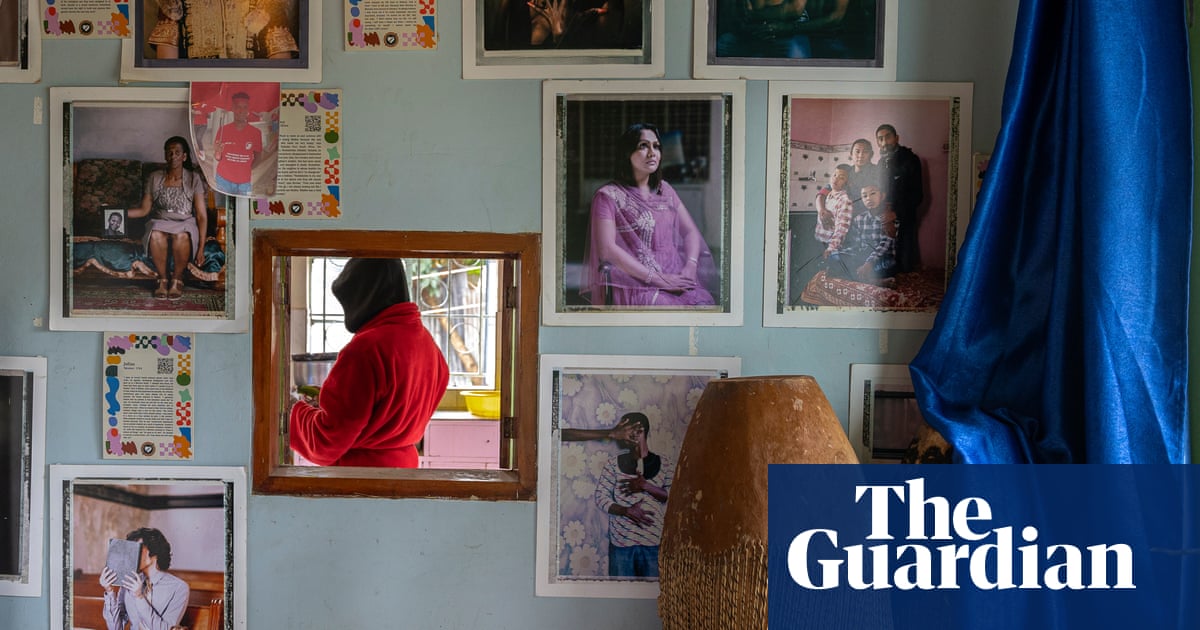As the morning light hits Oibola village in Solomon Islands, the receding tide drains water through a maze of tangled mangrove roots.
Dressed in muddy jeans and a worn T-shirt, Ben Waleilia moves carefully through the thick mangrove forest, searching for seedlings. Rows of young mangrove shoots stand high as Waleilia gently drops seedlings into a small plastic bucket.
Often perceived as muddy, mosquito-filled swamps, mangroves are vital for coastal communities like Oibola. They provide fish, timber and building materials while their strong, complex root systems protect the shoreline and serve as nurseries for marine life.
Yet in Solomon Islands and across the Pacific, mangroves are increasingly threatened by a combination of human activity and natural forces. Clearing for building materials and small-scale development has led to widespread degradation. These pressures are compounded by rising sea levels, cyclones and storm surges, all of which further erode these critical coastal ecosystems.
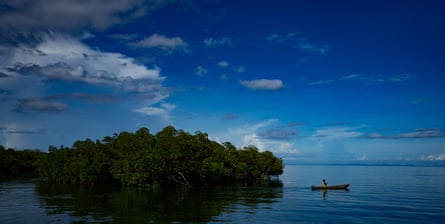
In Oibola, Waleilia is leading a grassroots campaign to restore and protect these crucial plants – and preserve livelihoods.
The 59-year-old noticed the disappearing trees and receding coastline years ago and knew he had to act.
“People talk about climate change and rising seas, but for me, it was simple – the mangroves were going or gone, and the sea had nothing to hold it back,” the community leader says. “I couldn’t just sit back and watch the forest vanish.”
As populations have grown in Oibola, in Malaita province, demand for firewood and construction materials have increased, and the loss of mangroves has accelerated. Over the past 30 years, at least a third of the surrounding mangrove forest near Oibola has been cleared.
Waleilia says that when he was young, his father cleared many mangrove trees to build a bigger home for his nine children.
“I don’t think he realised the impact it would have. Years later, when I inherited the land, there were fewer fish, and the sea was creeping in.”
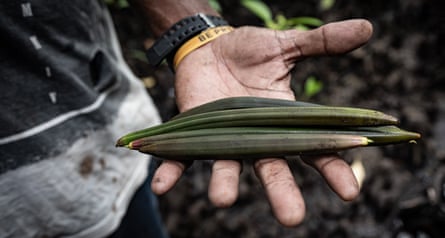
Waleilia’s environmental work began back in 2017, after attending a workshop on mangrove conservation. He soon became fascinated by the plants.
“I wanted to learn everything I could about mangroves – how they store carbon, support fisheries, protect coral reefs, filter water and defend our land from waves and erosion. The list just kept growing.”

Now, he works tirelessly to restore the vital ecosystems by collecting seedlings and replanting.
Waleilia has planted more than 16,000 mangrove seedlings over the past eight years, restoring approximately 40,000 square metres of degraded coastal habitat around Oibola.
“I’ve established a few nurseries and planted … mangrove trees of different types,” he says.
His community is one of many in Solomon Islands working with government and other partners – such as international research organisation WorldFish – on mangrove restoration.

Meshach Sukulu, a lead researcher with WorldFish in Malaita, says communities around Langalanga Lagoon and near Oibola “have seen their mangroves vanish over the decades”.
“Langalanga Lagoon is one of Malaita’s most vulnerable areas,” Sukulu said. “Mangrove planting could be key to shielding entire villages from erosion, wave surges, and rising seas.”
In Malaita, community-led mangrove restoration efforts helped regenerate more than 1,000 hectares (kha) of tree cover between 2000 and 2020, according to Global Forest Watch. This accounts for more than a fifth of all tree cover across Solomon Islands during that time.

Back on his small waterfront property, Waleilia proudly shows his latest planting site. But he notes not everyone in his community shares his views – some still cut mangroves for firewood out of necessity.
“I get it,” he says. “People are trying to survive. But I still have hope for the younger generation.”
Waleilia has shared his replanting knowledge with local leaders, conducted species identification sessions and advocated for mangrove conservation in the village. Over the past few years, his leadership has inspired young people in the village to join restoration efforts to help protect their environment.
“I just want my village to stay where it is, for us to keep fishing and living on our land.”

 3 months ago
49
3 months ago
49
